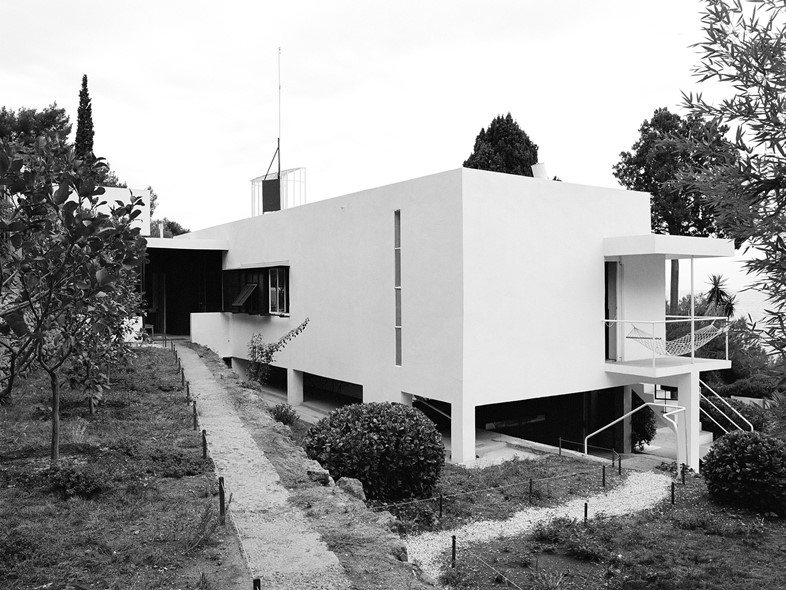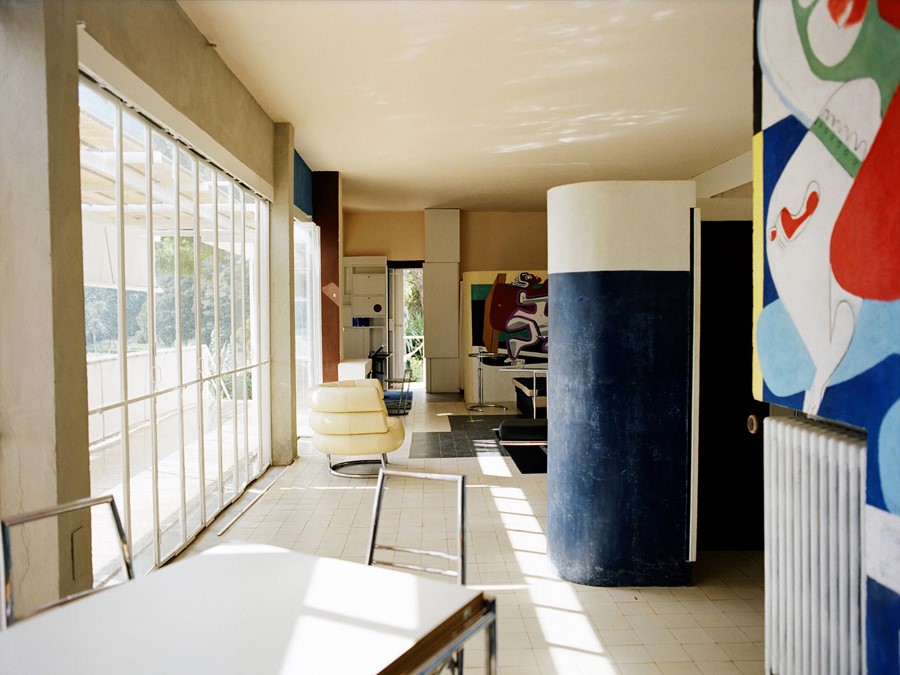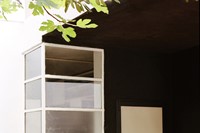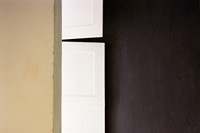We reveal the remarkable legacy of the elusive architect and her fabled masterpiece, with exclusive images by photographer Mary Gaudin
In 2009, a brown leather armchair standing just 24 inches tall sold at Christie’s for £19.4 million, setting an auction record for 20th-century furniture. It had an illustrious provenance, having sat in the Parisian drawing room of Yves Saint Laurent and Pierre Bergé, but who was the designer, people asked? The name was Gray, Eileen Gray – a quizzical expression remained on most faces.
They can be forgiven their ignorance. Eileen Gray, an Anglo-Irish artist, designer and architect, is one of the most influential creatives of the 20th century, and yet she remains one of the most elusive, her work often attributed to others. Amid the art and ideas that exploded in 1920s Paris, she rubbed shoulders with Gertrude Stein’s literary stars, drank cocktails with Djuna Barnes’ androgynous rebels, and talked theory with Le Corbusier’s Modernist pioneers, but never committed to a particular set. She worked alone – painting, interior design, the Japanese craft of lacquerwork, designing furniture, making rugs, and selling her wares at her own boutiques. It is a strange phenomenon – her talent went unquestioned, her pieces were popular, she had passionate love affairs with both men and women, yet amid the clamour of her contemporaries, Gray is quiet, industrious. As art critic Brian Dillon writes, “the real drama was in her work”.
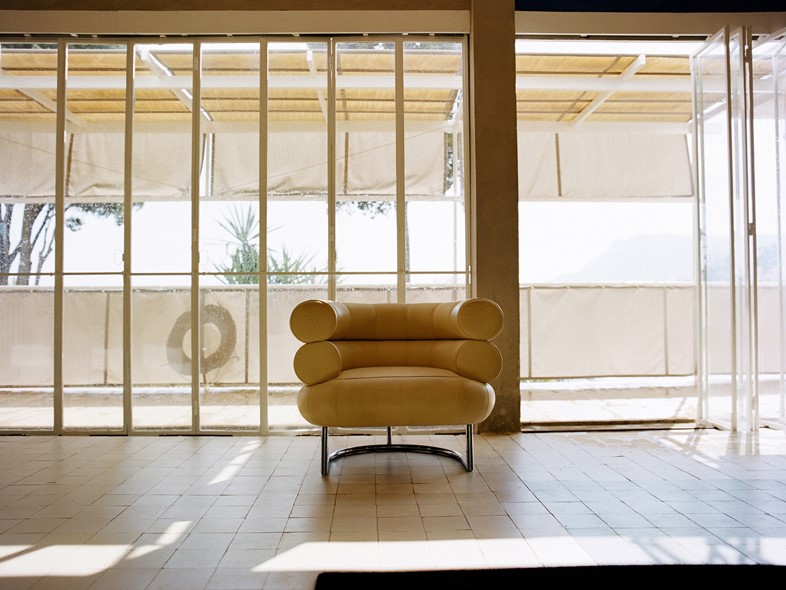
There was also her passion for privacy. By 1926 Gray was searching for a refuge away from the noise of Paris, a place where a person “can count on being alone”. Engaged in a love affair with the Romanian journalist and architect Jean Badovici who was 15 years her junior, she bought a coastal plot in his name in Roquebrune-Cap-Martin on which to build them a house. The result was E1027 – one of the most exceptional expressions of modernist architecture ever created.
Built over three years in collaboration with Badovici – E1027 is a cryptic expression of their union – the building is informed by Le Corbusier’s notion of the “house as a machine for living in” yet diverges from the rigidity of his theories in its prioritisation of the personal. “Formulas are nothing”, Gray said. “People are everything” and E1027 is a home constructed around the personalities of people. And not just the structure. There is the adjustable E1027 table, designed for her sister who loved to eat breakfast in bed but hated the crumbs, the trolley that muted rattling cups, the soft curves of the Bibendum chair, the simplicity of the Transat deckchair. She believed that “architecture must be its own decoration” so the walls remained white, and instead the sun, the land, the sea, were ushered in. The result was gentle equanimity, a fusion of art and nature, the peace she so desired.
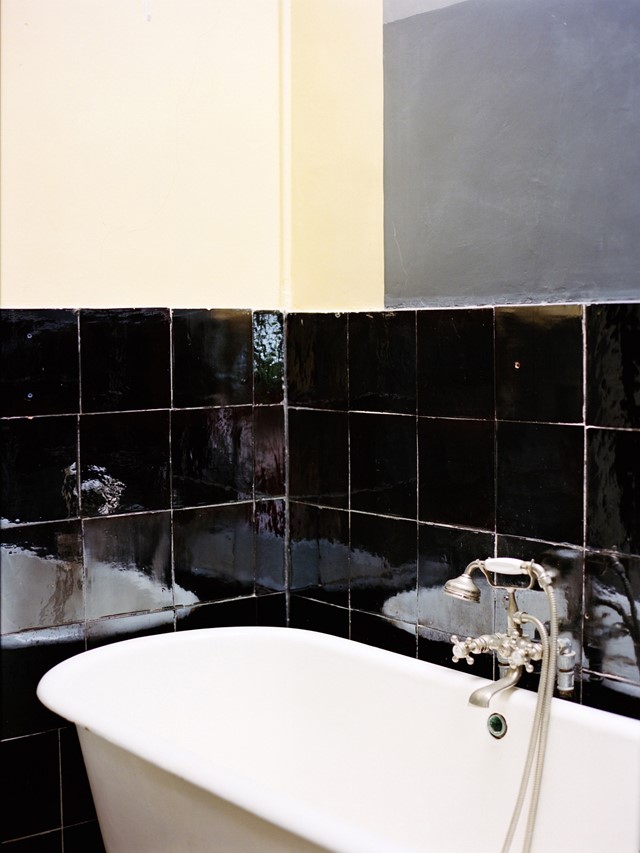
But not for long. Gray and her lover split soon after the house was completed – while Gray craved peace, Badovici, it seems, craved the hedonism he had left behind in Paris – and she moved further along the coast. In the late 1930s, Le Corbusier came to stay with Badovici and was permitted to daub the pristine walls with obscene and lurid murals, a deed Gray viewed as an act of brazen aggression against her work and theories. Le Corbusier’s obsession with the house is well documented; having defaced the property, he tried and failed to buy it several times, eventually building a ‘cabanon’ on the perimeter to allow him to forever lurk nearby. He drowned in the sea in front of E1027 in 1965, the house perhaps the last thing he ever saw.
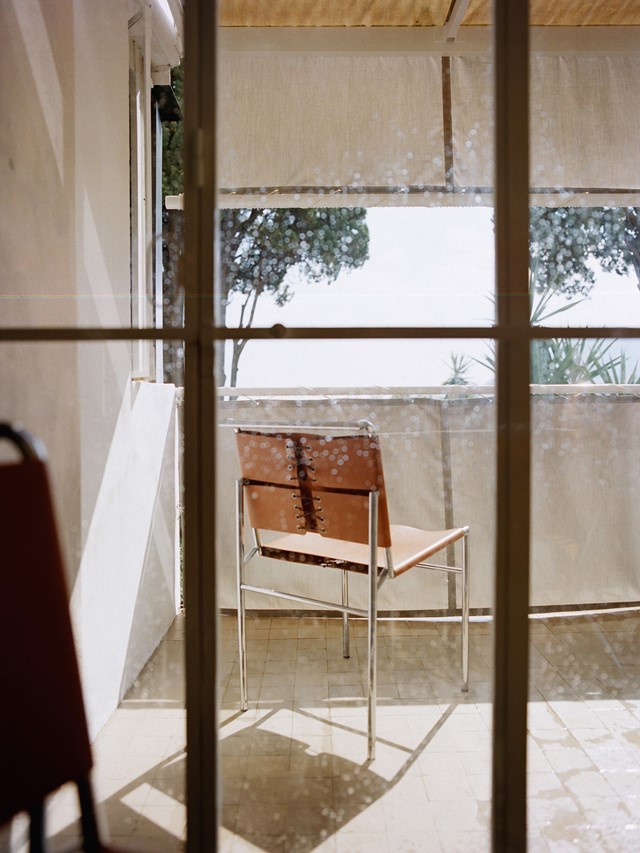
Eileen Gray never returned to her most famous construction. She moved back to Paris after the war and continued her work in the peace she had always wanted, fading into obscurity before enjoying a resurgence in popularity shortly before her death aged 98 in 1976. E1027 has had an unhappy history. On Badovici’s death, it was bought by a Swiss heiress who left it to her gynaecologist, who sold all of Gray’s custom-made furniture and was then murdered by the gardener. Squatters took over and hastened its decline still further before the French government finally bought it in 1999. The rehabilitation process has been torturous, but this summer the house was at last reopened to the public complete both with replica furniture donated by Gray’s estate, and with Le Corbusier’s murals still on the walls. His fame outweighs hers, therefore his vandalism must remain, but at least, at last, she is getting the credit.
